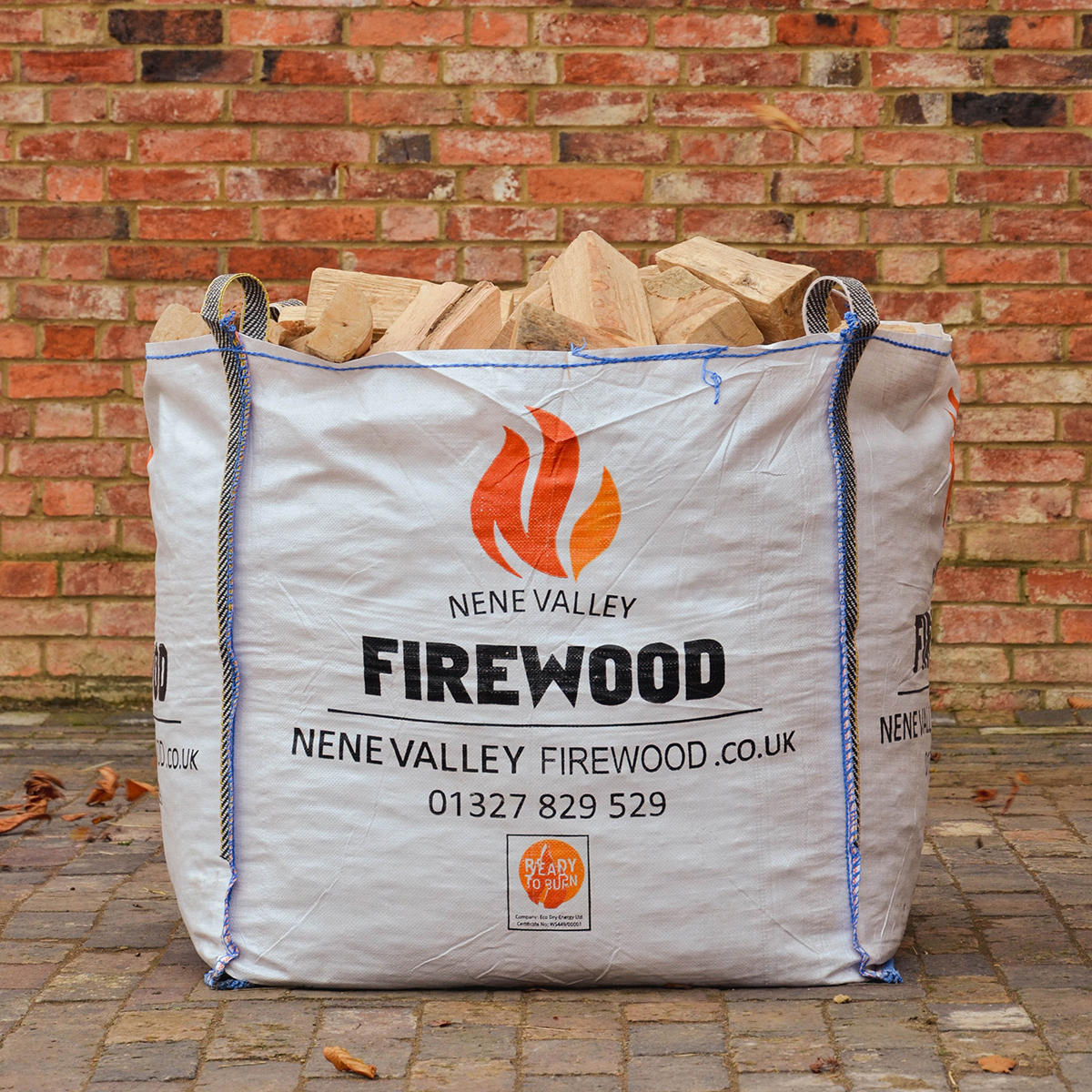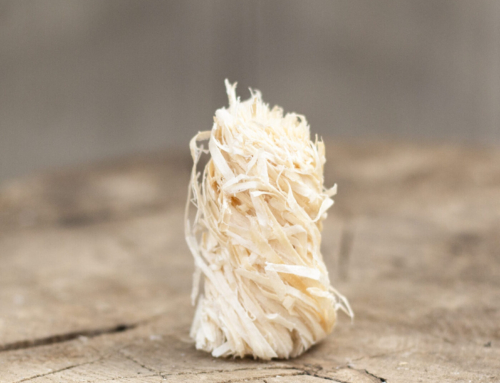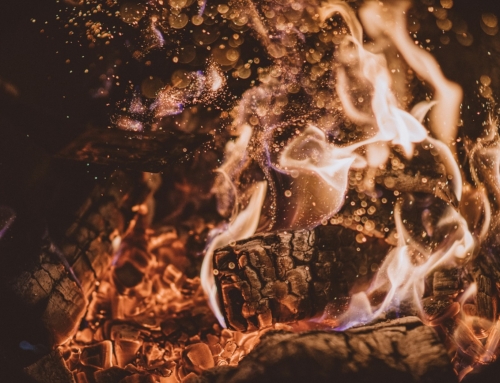Firewood is not just a simple fuel source; it’s a complex material with its own chemistry and physics that dictate how efficiently it burns and how much heat it produces. Firewood has been a vital source of heat and energy for humanity throughout history, playing a crucial role in our evolution and development. From ancient times to the modern era, the use of firewood has shaped civilizations, provided warmth, and fuelled countless innovations. Let’s delve into the fascinating science behind firewood to better understand how it works.
Chemical Composition: Firewood is primarily composed of organic materials such as cellulose, lignin, and other compounds found in wood. When heated, these substances undergo chemical reactions that release energy in the form of heat.
Combustion Process: Combustion is the process by which firewood reacts with oxygen in the air to produce heat, light, and various by-products such as water vapor, carbon dioxide, and ash. This process occurs in three stages: ignition, combustion, and extinction.
- Ignition: Ignition occurs when the firewood is heated to its ignition temperature, causing the organic compounds within the wood to break down and release volatile gases. These gases mix with oxygen in the air and ignite, producing a flame.
- Combustion: During combustion, the volatile gases released from the firewood react with oxygen to produce heat, light, and additional by-products. The heat generated by the burning gases then causes adjacent wood to release more volatile gases, sustaining the combustion process.
- Extinction: This begins as the flames gradually diminish, depleting the available fuel. As the firewood cools, glowing embers continue to radiate heat until they extinguish. Complete extinction occurs when the embers cool to the point of no longer producing heat or flames.
Heat Output: The heat output of firewood is determined by several factors, including its moisture content, density, and chemical composition. Dry firewood with low moisture content burns more efficiently and produces more heat than wet or green wood, which contains excess water that must be evaporated before combustion can occur.
Moisture Content: The moisture content of firewood plays a critical role in its combustion efficiency. Wet or green wood requires more energy to evaporate the moisture before combustion can occur, resulting in lower heat output and increased smoke and creosote production.
Creosote Formation: Incomplete combustion can lead to the formation of creosote, a tar-like substance that can accumulate in chimneys. A build up of creosote in the chimney can lead to a chimney fire. Regular chimney maintenance and burning dry wood help minimize creosote build-up, enhancing safety and efficiency.
Density: The density of firewood also affects its heat output, with denser woods generally burning hotter and longer than less dense varieties. Hardwoods such as oak and maple tend to be denser and produce more heat than softwoods like pine and spruce.
Airflow: Proper airflow is essential for efficient combustion, as it ensures that oxygen is supplied to the firewood at a consistent rate. Adequate ventilation in the firebox or fireplace allows for complete combustion of the volatile gases, maximizing heat output and reducing the production of smoke and pollutants.
Colourful Flames: Ever noticed the vibrant colours in a burning fire? These hues result from the presence of specific minerals in the wood. Copper produces blue flames, while potassium and sodium manifest as purple and yellow, respectively. Observing these colours adds an aesthetic dimension to the scientific spectacle.
Understanding the science behind firewood combustion and heat output can help you to make an informed decisions when selecting and using firewood for heating purposes. By choosing dry, dense firewood and ensuring proper airflow, you can maximize the heat output of your firewood and enjoy a warm and cozy environment all winter long.












